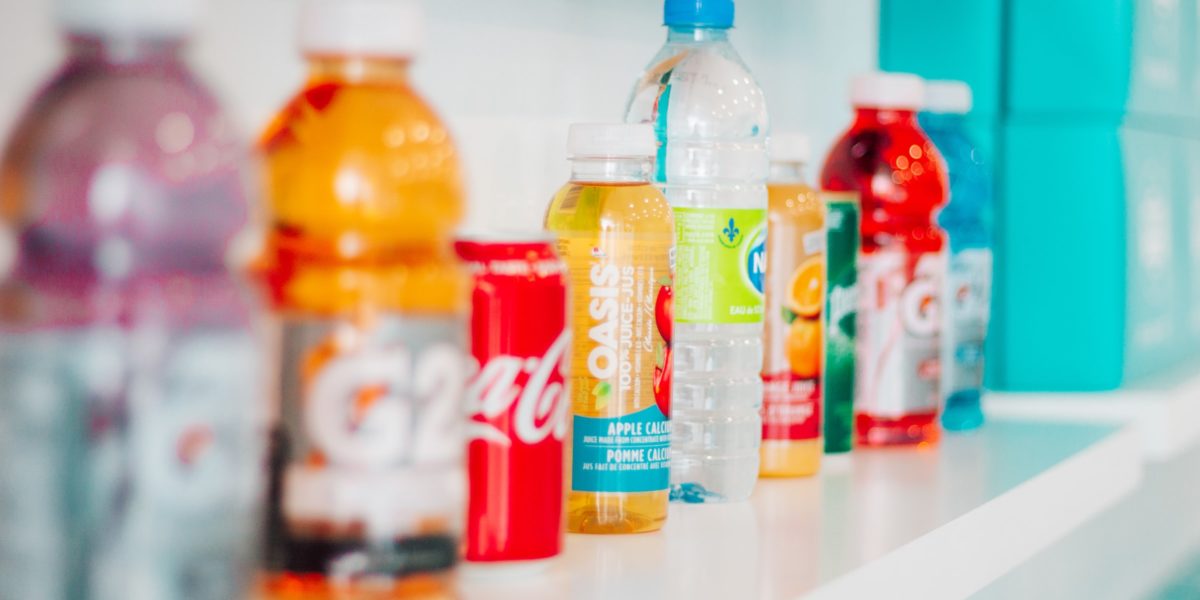When it comes to taking meaningful steps to be more sustainable, regulatory requirements often mark the horizon of ambition for brands, as discussed in our previous blog in this series. Many brands hesitate to venture beyond that reassuring line and to go further.
But this could put brands on the back-foot: as sand shifts through the fateful hourglass, and our window to limit global heating to 1.5C and for governments’ to meet their net zero goals closes, the push for sustainable practices will continue. In this landscape, consumers’ understanding of sustainability will also only grow with time, leading them to seek out brands willing to face the challenge of helping them close the sustainability say-do gap.
“Good” can therefore quickly become “not good enough”. To futureproof both themselves and our planet, brands must keep striving towards an ever more sustainable way of doing things. A constant focus on innovation will be key to ensure brands keep the pace.
Gatorade Pods
Take Gatorade’s new ‘GX Pods’, for example – a new format innovation that involves adding pods filled with Gatorade formula into a reusable bottle and mixing with water. Introducing an element of interactivity and tapping into Gen Z’s penchant for personalisation, Gatorade has created a viral product, sweeping through TikTok and social media at large.
The thought of single-portion plastic pods set off some subtle alarm bells around the TVE coffee machine. Instinctively we found ourselves questioning their sustainability. Yet when we dug deeper, we found that sustainability sits at the heart of this innovation – pods can be recycled by consumers by creating a TerraCycle account, while the reusable bottle limits single use plastic.
An admission of hasty suspicion on our part, but also a sense of anti-climax: what Gatorade are doing is certainly good, as any genuine change that enables sustainability is – but is it good enough?
Raising the Bar
As some brands concern themselves with reaching the standard, brands across other categories are busy raising it.
Such is the case with Smol, a company that produces cleaning spray tablets which are added to water in a reusable bottle, reducing plastic almost entirely – could Gatorade have done something similar for the drinks market?
Consider coffee capsules – Nespresso’s “Podback” partnership takes the burden off the consumer, providing free pickup and recycling, and is unquestionably preferrable to the alternative of littering landfills with aluminium pods. But then, enter Grind, with their Nespresso-compatible coffee pods which can be composted at home. Nespresso are doing good, but Grind’s offer raises the question of whether they could be going even further.
Similarly, the world of wine – last week, wine traders and critics called on the government to offer tax breaks on boxed wine, estimated to cut emissions by a third compared to bottles, both due to the heat required to make and recycle glass bottles, as well as the energy needed to transport them. When it comes to sustainable formats, it’s no longer solely about the packaging materials, but how packaging affects transport: from its weight to its ability to tessellate inside delivery trucks.
Sustainability is not dropping off the agenda, and the best brands will be those who keep striving towards a more sustainable future, pushing beyond the stasis of “good enough”, to unlock the potential that comes from seeking to be “better”.


